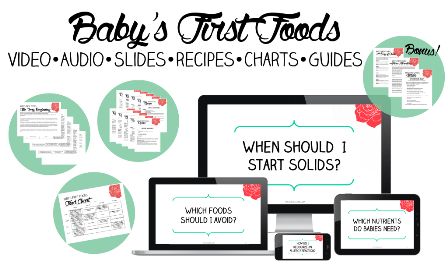Baby food has its own characteristics and its pitfalls. One major difference is due to the growth of the child’s body. Accordingly, the child needs much more protein than adults.
Knowing this, many people try to make high-protein diets, oblivious to the fact that even in a normal “adult” food there is much more protein than breast milk. Furthermore, healthy children, unlike most adults are very mobile. They can not sit still, they twist, squirm and jump all the time.
And this is very good because due to the high mobility of the child’s body, they have a normal metabolism. The forced restriction in movement leads to inadequate secretion of growth hormones, disease and, ultimately, to underdevelopment. To know the proper nutrition for your child, I recommend Rochelle Serna’s book Baby’s First Foods. You can download her guide via the link at the bottom of the page.
Due to the intensity of metabolism, children can eat more sweets without noticeable harm comparing with adults. More precisely, they can eat a lot of sweets if you just let them do that, but exactly in this question, you shouldn’t let them too much.
Although natural sweets will bring lots of benefits for the children. Children are much more active than adults in using cholesterol. As we remember, it is a part of cell membranes and organelles of some cells and the new cells are forming in the child body a lot.
By the way, fat cells constituting the “fat” are formed mainly in children during the early years of life. Subsequently, their number doesn’t increase, it just occurs only proliferation, increase in size of existing cells. Therefore, an adult figure depends on how it was fed as a child.
Finally, the children have excellent functioning regulatory mechanisms that manage the parish and energy consumption. The organism of the child always knows what it wants and how much.





